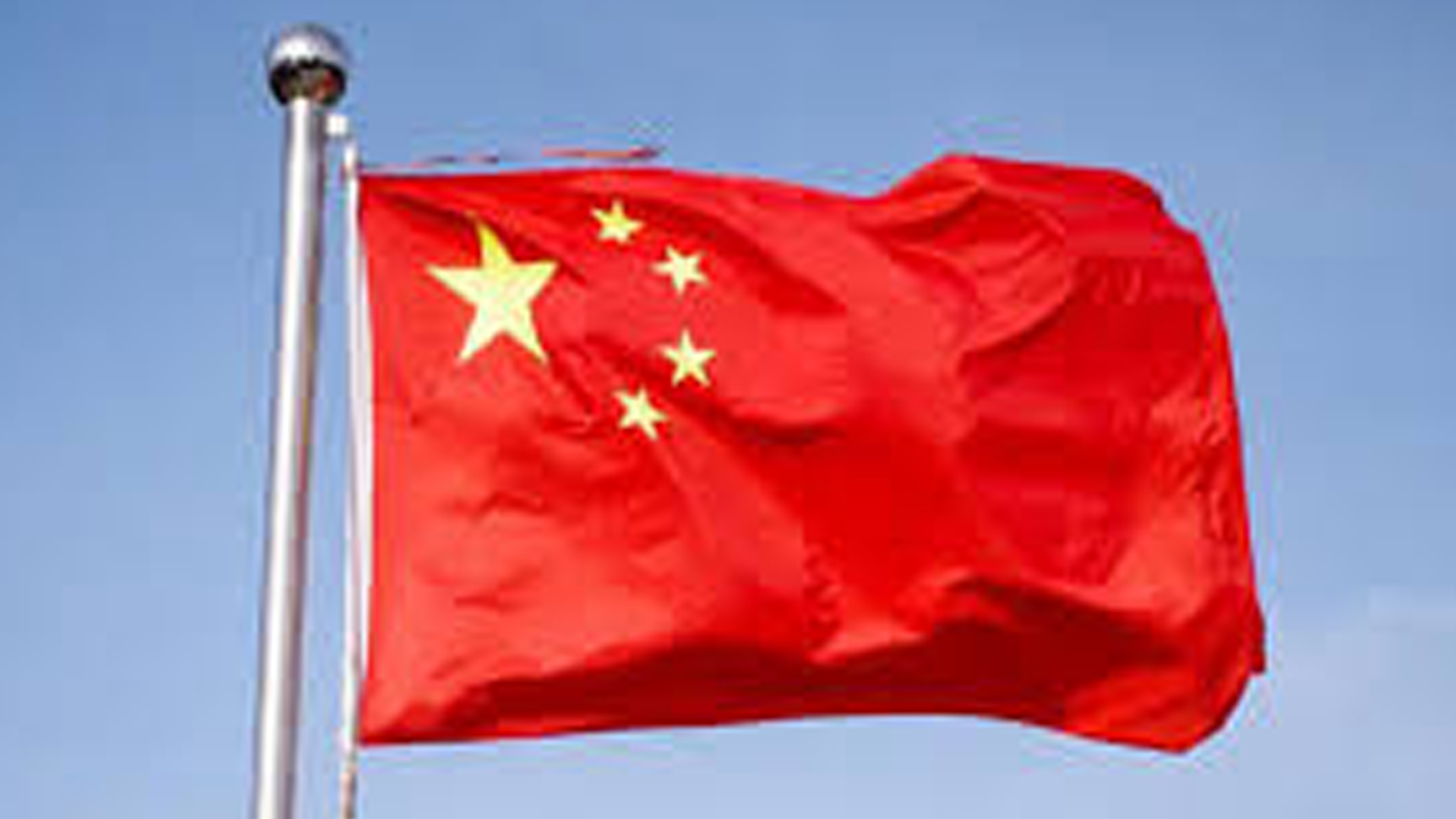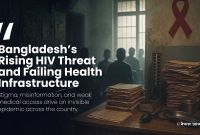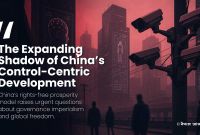China convenes rare urban work conference amid economic downturn and political pressures

In a rare and closely watched move, China recently held a high-level Urban Work Conference—only the third of its kind in over four decades—as the country grapples with mounting economic challenges, widening urban-rural disparities, and intensifying political pressures.
The event, convened in Beijing and attended by top Communist Party and government officials, underlines the growing urgency within the Chinese leadership to stabilise urban governance amid slowing growth and public discontent.
The last such conference was held in 2015.That it has been revived now, in 2025, amid a deepening economic slump and increasing questions about governance efficiency, sends a strong signal: Beijing is prioritising urban policy not just as a tool for economic planning, but as a critical component of maintaining political control and social order.
Economic slump meets urban anxiety
China's economic slowdown has been particularly acute in the post-pandemic era.
Key indicators-ranging from youth unemployment and deflationary trends to a stagnating property sector-have painted a bleak picture for urban economies that once stood as engines of national growth.
The real estate crisis, triggered by regulatory crackdowns on debt-heavy developers, has left major cities dotted with half-completed projects and eroding consumer confidence.
Many of China’s middle-class urban residents, long the beneficiaries of rapid economic expansion, are now facing mounting pressures: job insecurity, falling property values, and diminished purchasing power.
Youth unemployment remains stubbornly high, with government figures in 2024 revealing a jobless rate of over 20% among urban young people—data so politically sensitive that Beijing briefly suspended its publication altogether in mid-2023.
Against this backdrop, the Urban Work Conference appears to be a calculated effort by the central government to reassert control, bolster flagging confidence, and craft a more sustainable urban development strategy.
Political stability as the underlying concern
While the official readout from the conference emphasised economic planning, environmental sustainability, and housing reform, the subtext was unmistakably political.
Maintaining stability in China’s sprawling cities-many of which are home to millions of internal migrants and restive youth populations-is becoming increasingly important for the Communist Party’s long-term legitimacy.
Urban areas have historically been the epicentres of both prosperity and protest in modern Chinese history.
From the 1989 Tiananmen Square protests to recent localised demonstrations over COVID lockdowns and banking failures, cities have repeatedly served as flashpoints for dissent. The leadership appears keenly aware that prolonged economic hardship in urban centres could threaten not just economic output but political order.
The timing of the conference is also notable.
It comes months after a sweeping anti-corruption purge in local governments, particularly in urban planning and infrastructure departments, which many analysts believe was as much about curbing dissent and internal party disloyalty as it was about addressing actual graft.
In that light, the Urban Work Conference functions as both a planning summit and a political reset, aimed at reminding local cadres of the central government’s priorities—and authority.
Shifting urbanisation models
The conference highlighted a shift in urban planning philosophy.
Gone is the emphasis on ever-expanding megacities and large-scale infrastructure as the primary levers of growth. Instead, officials spoke of “people-centred” development, a phrase that has gained currency in recent speeches by President Xi Jinping and other senior leaders.But critics argue that the slogan masks more than it reveals.
Despite pledges to improve public services, expand social housing, and address inequality, the party continues to maintain tight control over internal migration through the hukou (household registration) system, which limits access to education and healthcare for millions of rural migrants living in cities.
Genuine reform in this area remains elusive.
Moreover, while the leadership calls for “urban-rural integration,” there is little clarity on how resources will be redistributed between China’s prosperous coastal cities and its underdeveloped interior, or whether local governments-many of which are already drowning in debt-will be able to deliver on the ambitious promises made at the conference.
Real estate still looms large
Although urban policy officially aims to reduce dependence on the real estate sector, it remains an elephant in the room.
Property-related industries account for roughly 25–30% of China’s GDP, and the bursting of the real estate bubble has caused ripple effects across the economy.
Falling home prices have dented household wealth, while construction slowdowns have led to job losses and declining revenues for local governments, which rely heavily on land sales.
In this environment, any urban development policy must contend with the unresolved structural weaknesses of the property sector.
Yet the conference offered few concrete details on how Beijing plans to revive or repurpose idle housing stock, or how it will prevent further defaults by indebted developers.
The call for affordable housing expansion is particularly fraught.
While officials emphasised building more low-cost units, past efforts have often fallen short due to poor quality, limited access to services, and bureaucratic delays.
The question remains whether the central government can implement an effective housing strategy without reigniting speculative bubbles or triggering further discontent.
Technocratic optimism vs. ground realities
Official statements following the conference projected confidence, stressing the need for scientific planning, green development, and digital transformation in cities.
However, the track record of technocratic urban planning in China is mixed.
Numerous “smart city” and “eco-city” projects launched over the past decade remain underused or abandoned, victims of top-down planning that failed to account for local needs and economic realities.
The question remains whether the central government can implement an effective housing strategy without reigniting speculative bubbles or triggering further discontent.
Technocratic optimism vs. ground realities
Official statements following the conference projected confidence, stressing the need for scientific planning, green development, and digital transformation in cities.
However, the track record of technocratic urban planning in China is mixed.
Numerous “smart city” and “eco-city” projects launched over the past decade remain underused or abandoned, victims of top-down planning that failed to account for local needs and economic realities.
Furthermore, Beijing’s increasingly centralised governance model means that local officials may lack both the autonomy and financial flexibility to experiment with new approaches.
The risk is that cities will continue to rely on outdated models of growth—real estate, infrastructure, and state-led investment—while paying lip service to reformist rhetoric.
A sign of strain at the top
Ultimately, the decision to convene a national Urban Work Conference reflects the Chinese leadership’s growing anxiety over the economic and social fallout of its own policies.
It also signals recognition that urban management, once seen as a secondary concern behind industrial output and export growth, is now central to the country’s political and economic future.
Yet the absence of major new policy announcements or bold reforms from the conference suggests that Beijing is still grappling with how to manage the transition.
With local governments strapped for cash, youth increasingly disillusioned, and traditional engines of growth sputtering, urban stability is no longer just a governance issue—it is a national imperative.
As China charts a post-pandemic course through economic uncertainty and shifting geopolitical realities, its cities will serve as both barometers and battlegrounds for the country’s broader ambitions.




![From Kathmandu to the World: How Excel Students Are Winning Big [Admission Open]](https://www.nepalaaja.com/img/70194/medium/excel-college-info-eng-nep-2342.jpg)
